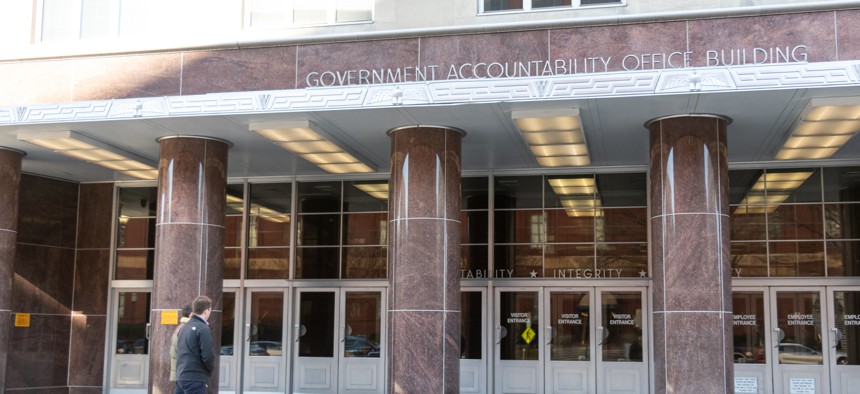GAO to release landmark AI report detailing agency use
The report provides a baseline for the use of artificial intelligence across major non-defense federal agencies and how they are meeting existing requirements.
The Government Accountability Office will publish a first-of-its-kind report on Tuesday reviewing federal agencies’ artificial intelligence inventories, which collectively total more than 1,000 current or planned AI use cases across the federal ranks.
The two-part report — in the works for more than a year — will provide both a snapshot in time for agencies’ AI use and a review of how well agencies are meeting specific requirements related to AI.
“This is setting the stage for where AI is in the federal government,” Kevin Walsh, director of IT and cybersecurity at GAO, told Nextgov/FCW. “The other big takeaway — one of the people I work with makes this great analogy to an AI-driven car. AI is driving the car whether we want it to or not. Is somebody going to take the wheel and put some guardrails around this thing, or is it going to keep doing what it wants?”
Unlike most GAO reports, which stem from congressional requests, the forthcoming AI report was conducted under the comptroller general’s authority, which is used rarely in areas of wide interest or critical importance. Gene Dodaro has served as the comptroller general since 2008. Multiple congressional sources told Nextgov/FCW they expected GAO’s report Tuesday.
While lawmakers have convened numerous hearings on AI of late and grappled with how to regulate the emerging technology, Congress has thus far been reluctant to take significant regulatory action, even as some industry leaders call for it. In October, the Biden administration issued an executive order building on previous executive action that sought to leverage the benefits of AI while managing its risks. The executive order issued numerous directives to an assortment of federal agencies, including the Office of Personnel Management, the U.S. Digital Service, the U.S. Digital Corps and the National Institute of Standards and Technology.
In the absence of hard legislative rules, some agencies, like the Department of Homeland Security, have undertaken their own unique approaches toward AI adoption.
Walsh said GAO’s upcoming report makes clear that AI is neither aspirational nor a future technology — the government is employing it here and now for an assortment of purposes, and adoption is only going to accelerate.
“AI is coming increasingly to government, for a lot of reasons,” Walsh said. “It has tremendous potential. We just need to make sure that, as we have AI coming into the government, that we’re thinking it through and making sure that we’re disclosing it properly.”




